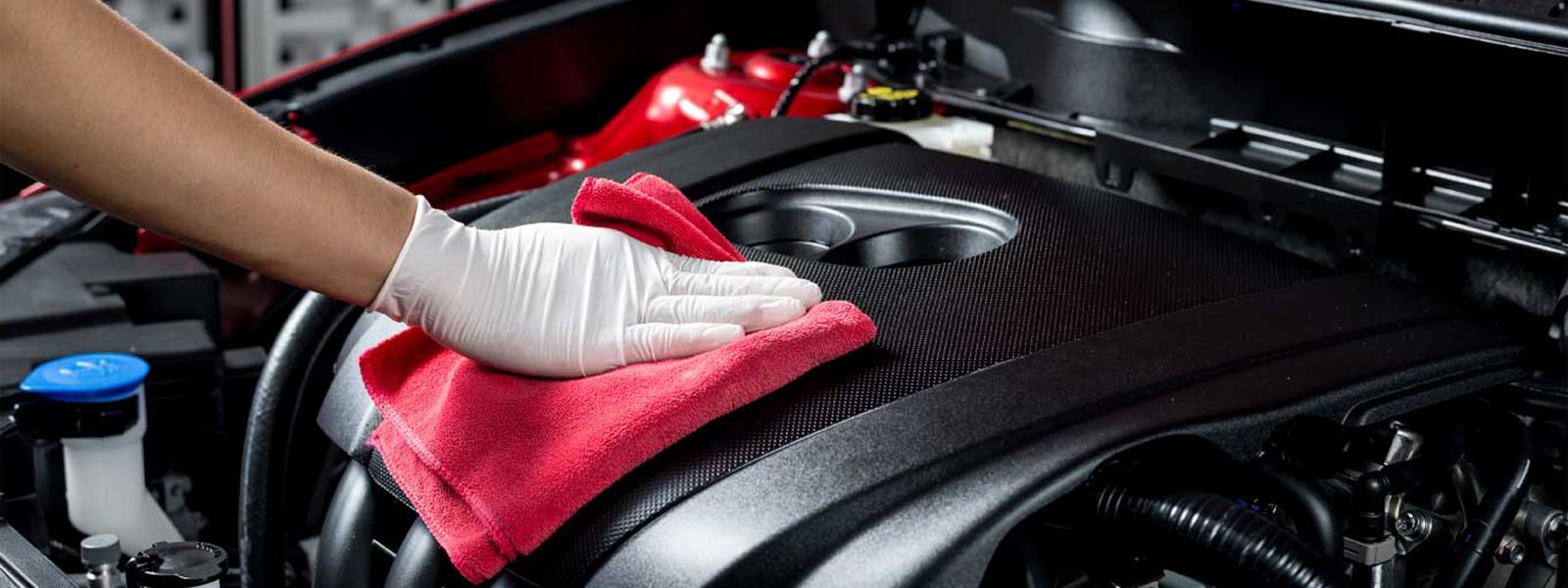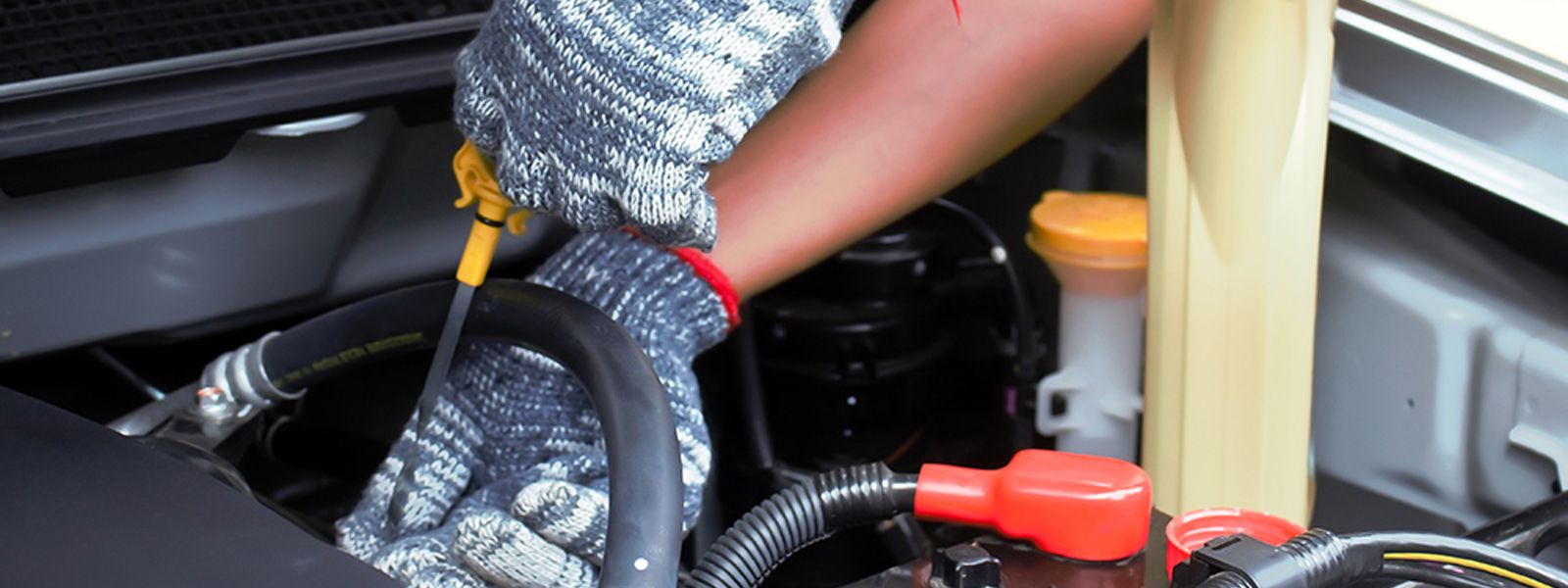
How to Rebuild Your Car Engine

Rebuilding your car engine can seem daunting, but our guide simplifies the process. Discover essential steps, tools, and expert tips to successfully tackle this project, whether you're a novice or a mechanic, and restore your engine to peak performance.
Rebuilding your car engine is not just a task; it’s an adventure that can reignite your passion for automotive mechanics. Imagine breathing new life into an old engine and feeling the thrill of driving something you’ve personally transformed. Beyond the satisfaction of a job well done, rebuilding can enhance performance and save you money compared to purchasing a new engine. Ready to dive in? Let’s get started!
Gear up: tools and equipment
Must-have tools
Before you dive into the rebuild, ensure you have the right tools. Here’s a list of essentials:
- Socket set: For loosening and tightening bolts.
- Torque wrench: Critical for applying the correct torque to engine components.
- Engine hoist: To safely lift and maneuver your engine.
- Parts washer: For cleaning components effectively.
- Measuring tools: Micrometers and calipers for precise measurements.
Workspace setup
A clean and organized workspace is key. Clear out any clutter, have a solid workbench, and good lighting. Consider laying out a mat to keep your parts organized and labeled.
Get ready: Pre-rebuild prep
Planning your attack
Before disassembly, create a detailed plan. Set a timeline for your project, and budget for parts and tools. This preparation will help you stay focused and on track.
Parts checklist
Compile a checklist of parts you’ll need. Research trusted suppliers for quality components, and consider whether you want to go OEM or aftermarket. Don’t forget essential items like gaskets, seals, and oil.
Step-by-step breakdown
Now it’s time to dismantle your engine. Start by disconnecting the battery and draining fluids. Carefully remove the engine from the vehicle using the engine hoist. Document each step with photos and label parts as you go to make reassembly easier.
1. Documenting your journey
Taking notes and photos during disassembly will be invaluable later. It helps you remember where everything goes and can save you from frustration down the line.
2. Critical component checks
Once disassembled, inspect key components like the cylinders, pistons, and crankshaft for wear or damage. Look for scoring, warping, or cracks. If you find significant damage, you may need to replace these parts.
3. Cleaning techniques
A clean engine is crucial for performance. Use a parts washer with a suitable cleaning solution to remove grime and old oil. Ensure all components are spotless before reassembly.
4. Deciding what to replace
As you inspect parts, decide what needs replacing. Common items include piston rings, bearings, and gaskets. Consider upgrading some components, like camshafts or valves, to enhance performance.
5. Choosing quality parts
When selecting replacement parts, prioritize quality. Research brands and read reviews. Sometimes spending a bit more on reputable parts can save you from headaches later.
6. Step-by-step rebuild
With everything cleaned and inspected, it’s time to reassemble. Follow your notes and photos closely. Start by installing the crankshaft, then the pistons, and work your way up to the cylinder head.
7. Torque and tension tips
Proper torque is critical. Use your torque wrench to ensure each bolt is tightened to the manufacturer’s specifications. This prevents future issues and ensures reliability.
8. Pre-start checklist
- Before starting your engine, run through a pre-start checklist:
- Check all fluid levels.
- Ensure all connections are secure.
- Double-check your torque settings.
9. Break-in period
After starting your engine, follow the recommended break-in procedure. This typically involves varying your RPMs and avoiding heavy loads for the first few hundred miles to allow the engine components to settle properly.
10. Navigating challenges
Expect some challenges along the way. Common issues include oil leaks or difficulty starting. If something doesn’t feel right, don’t hesitate to troubleshoot or consult a mechanic for advice.
11. Expert tips
Consider seeking insights from experienced mechanics or online forums. The automotive community is often eager to share tips and tricks that can simplify your rebuild.
Congratulations! You’ve successfully reconstructed your car engine. Take a moment to revel in your accomplishment. Not only have you saved money, but you’ve also gained invaluable skills and knowledge. Feeling inspired? Consider diving into more automotive projects, like upgrading your suspension or tackling bodywork. The sky's the limit when it comes to your passion for cars!
FAQs
- How long does an engine rebuild take?
It can vary but expect anywhere from a few days to a couple of weeks, depending on your experience and the complexity of the rebuild.
- What’s the estimated cost of rebuilding an engine?
Costs can range significantly based on the engine type and parts needed, typically from $1,500 to $4,000.
- Should I rebuild or replace my engine?
This depends on the engine's condition. If it has significant wear or damage, replacement might be more cost-effective. However, if it's generally sound, rebuilding can be a rewarding option.





